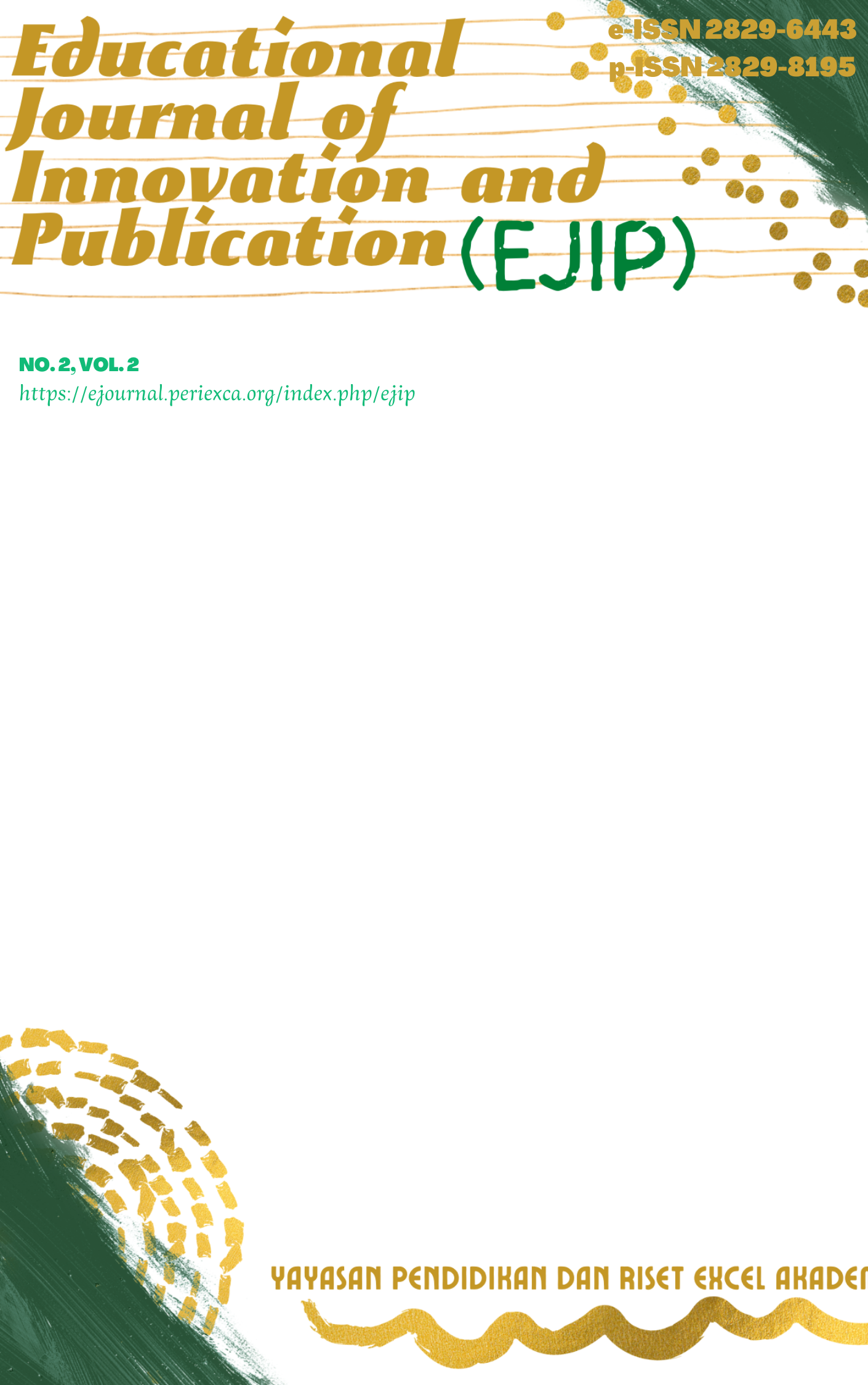The Importance of Learning Hijaiyah Letters in Children
Keywords:
Early Childhood Education, Hijaiyah Letters, EffortsAbstract
Further investigation of language climate work in finding out how to read hijaiyah as a second language in (PAUD) is the heart of this paper. The depiction is centered mainly on Raudlatul Atfal (RA) students and the like in the 4-6 years age range. Hijaiyah learning for teenagers remains focused on children and the RA learning climate is very broad and multi-reasoning. besides the original language (Indonesia) can also be used to learn Arabic.
References
Bakker, A., & Zubair, A. C. (1990). Metodologi Penelitian Filsafat [Philosophical Research Methodology]. Kanisius.
Chaer, A., & Agustina, L. (2004). Sosiolinguistik: Perkenalan Awal [Sociolinguistics: Initial Introduction]. Rineka Cipta.
Nugroho, P. (2015). Pandangan Kognitifisme Dan Aplikasinya Dalam Pembelajaran Pendidikan Agama Islam Anak Usia Dini [The View of Cognitivism and Its Application in Early Childhood Islamic Religious Education Learning]. Thufulah, 3(2), 281–304.
Putri, N. (2013). Bi’ah ‘Arabiyah. Jurnal Al-Ta’lim, 1(5), 407–413.
Supriadi, U., & Rahmat, M. (2002). Percepatan Ketrampilan Membaca Al-Qur’an Di Sekolah Melalui Metode Bil-Hikmah [Acceleration of Al-Qur’an Reading Skills in Schools Through the Bil-Hikmah Method]. Jurnal Penelitian Pendidikan, 2(2).
Susanto, A. (2011). Perkembangan Anak Usia Dini [Early Childhood Development]. Kencana Prenada Media Group.
Suyadi, S., & Ulfa, M. (2013). Konsep Dasar PAUD [Basic Concepts of PAUD]. PT Remaja Rosdakarya.
Downloads
Published
How to Cite
Issue
Section
License
Copyright (c) 2023 EJIP : Educational Journal of Innovation and Publication

This work is licensed under a Creative Commons Attribution-NonCommercial-ShareAlike 4.0 International License.








